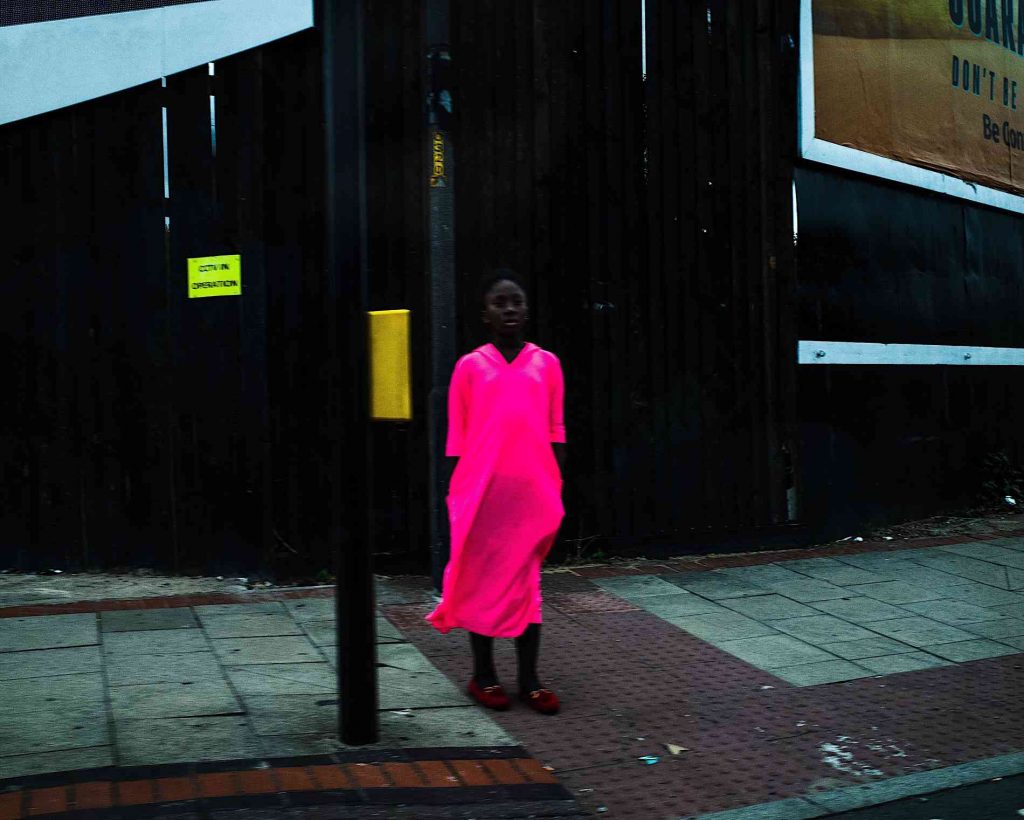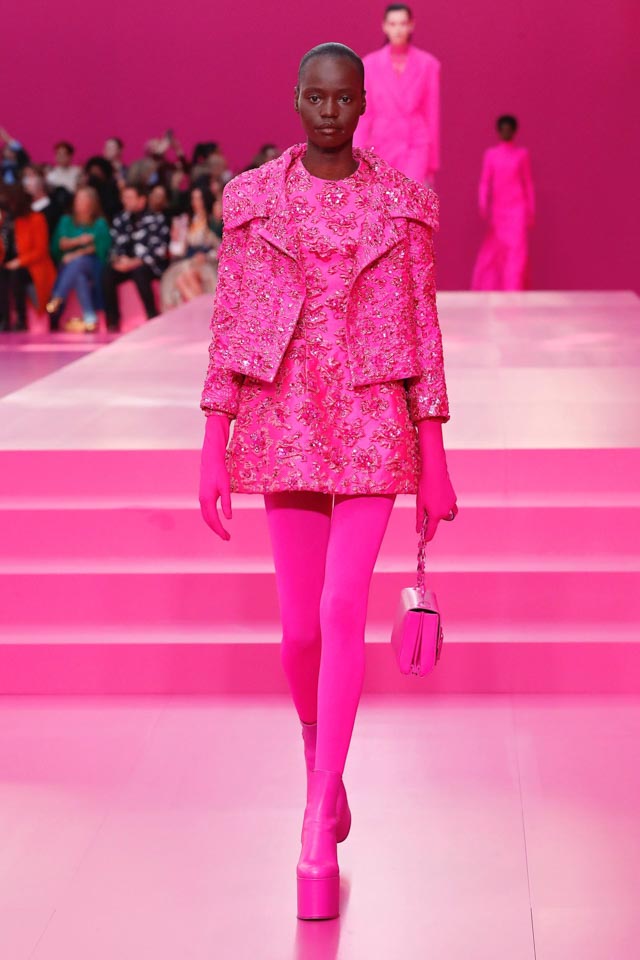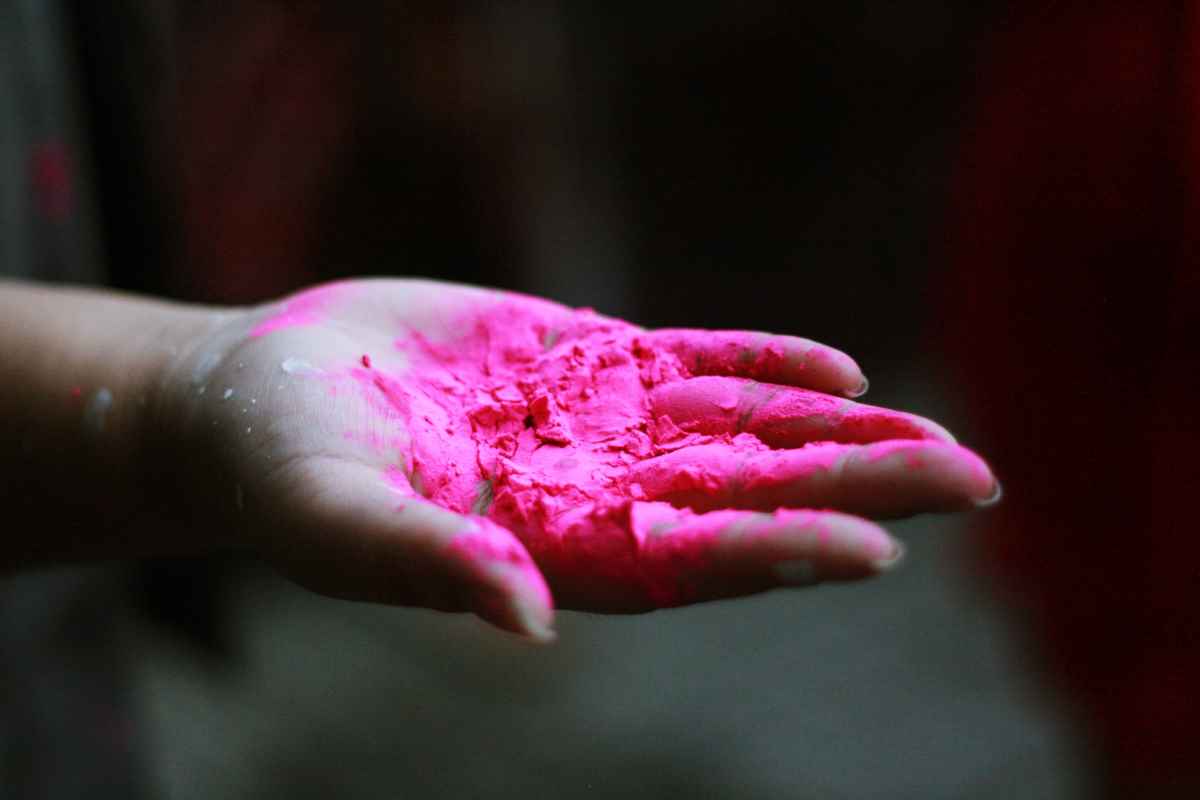
Hot Pink Is The Colour Of The Summer | Is It Sustainable?
Hot pink is the moment this Summer. Flashes of the shade reappeared in a big way on spring/summer 2022 runways from Alexander McQueen to Dior to Versace. Its bold, experimental colour has become a summer 2022 staple worn by multiple celebrities. But with its strong dye, how sustainable is our new summer trend?
PANTONE: DID THE EXPERTS GET IT RIGHT?
Every year, Pantone predicts colour trends for the coming year. In 2021, the New York predictions accurately showed a hot pink on its list. Pantone described its reasoning: “Colours for Spring/Summer 2022 bring together our competing desires for comforting familiarity and joyful adventure through a range of soothing and timeless colours, along with joyous hues that celebrate playfulness.”
For Pantone, the bright magenta encapsulated a new liberation. An unleashed dynamic side we had not celebrated through the various lockdowns, is finally being explored. Quenching our desire for spontaneity, uplift, and joy.

HOT PINK: A BREAK FROM REALISM
the most famous exemplification of 2022’s hot pink trend came in the form of Valentino’s Pink PP Collection, which debuted at the iconic brand’s Fall/Winter 2022/2023 fashion show during Paris Fashion Week, where nearly every single look came exclusively in the shade. When describing his inspiration, Creative Director Pierpaolo Piccioli described pink as “a manifestation of the unconscious and a liberation from the need for realism”.
For many, hot pink’s bold, dynamic hue is the perfect way to regain our independence. It is all about being adventurous, and not being afraid to stand out. After lockdown, it is suggested many of us are feeling more inspired and experimental with our clothing. Many media outlets have dubbed the new trend “barbie core”. As it coincides with the much-anticipated Barbie film set to release next year, starring Margot Robbie.


THE PROBLEM WITH HOT PINK: (IT’S THE DYE)
THE COST OF COLOUR
Our bright colours are killing our planet. Bold colours tend to be more wasteful than subtler, more natural hues. This is because they use more water and chemicals in the dying process to ensure vivid colours bind to the fabric and don’t fade.
The fashion industry uses around 21 trillion gallons of water annually. Along with finishing, dyeing is the most polluting and energy-intensive process involved in making our clothes. Finishing is when chemicals or treatments are applied to the fabric to give it the desired look or feel, such as bleaching, softening, or making the garment water resistant or anti-wrinkle.
Dyeing and finishing are responsible for 3 per cent of global CO2 emissions (predicted to increase to more than 10 per cent by 2050). That is more than the CO2 produced by shipping and aviation combined. It also causes over 20 per cent of global water pollution.

COULD NATURAL DYES BE THE ANSWER?
Natural dyes are easy to use and involve much less pollution. Humans used to always use natural dye for our clothing, but now in the fast fashion industry, we have found other methods. Natural dyes come from naturally occurring resources. Plants, fruits, and seeds, all can create their unique hues. These dyes are toxin-free and include less water in the dying process.
However, it is difficult to use them for a large production. On an industrial scale, the production of natural pigments could have terrible consequences on the environment as the land required and maybe the chemicals to grow the crops could be a consequence. Natural dyes are meant for small productions.
OEKO-TEXT CERTIFICATION: SUSTAINABLE DYES
Natural dyes are not always the most sustainable colours if fixed with other toxic chemicals. One way to ensure no toxic substance touches your precious skin is to go for chemical-certified items. The most famous one today is the Oeko-Tex standard. Any item certified by Oeko-Tex has been verified not to use toxic chemicals.
+ Words:
Emily Fromant
Luxiders Magazine








